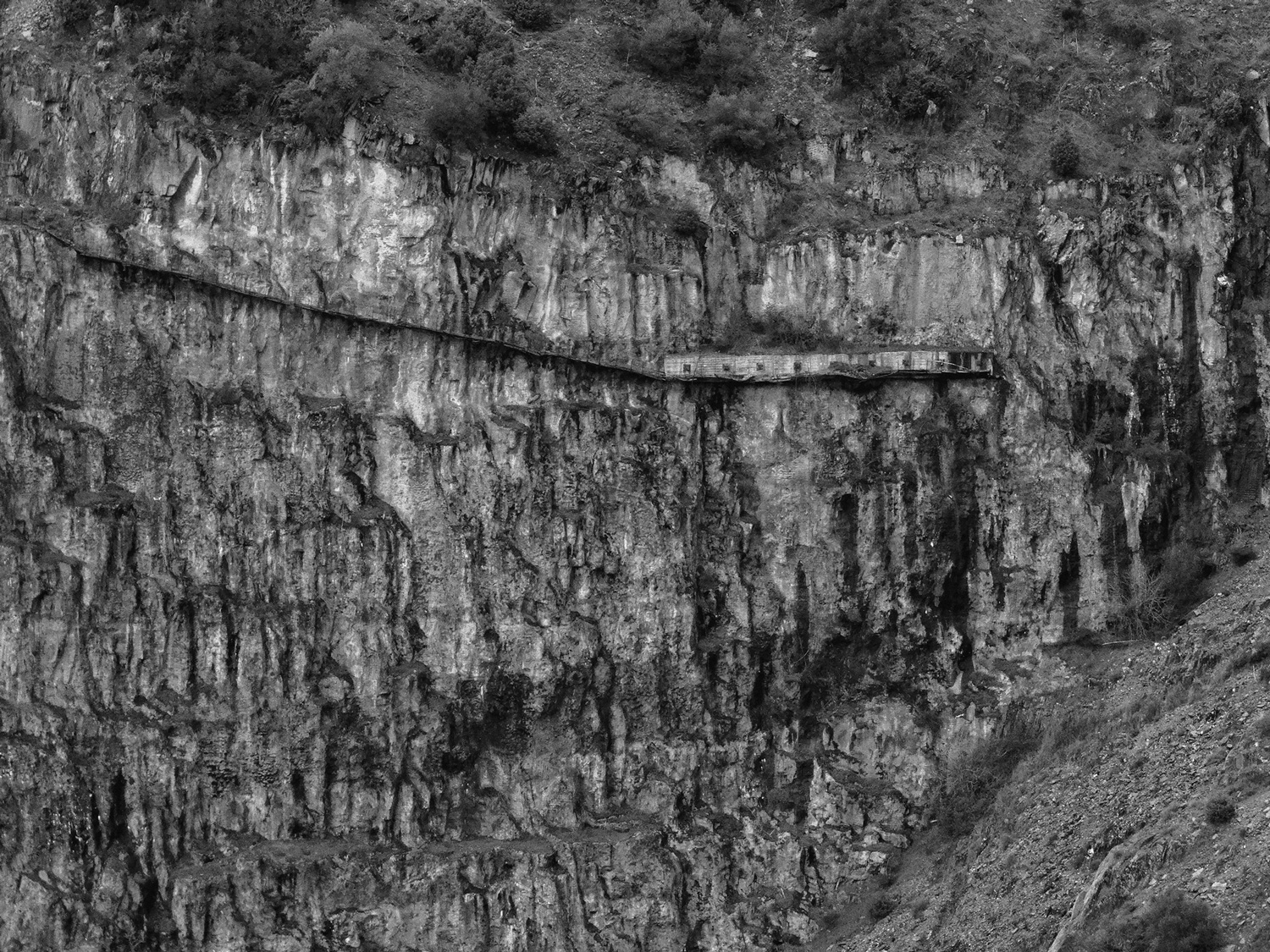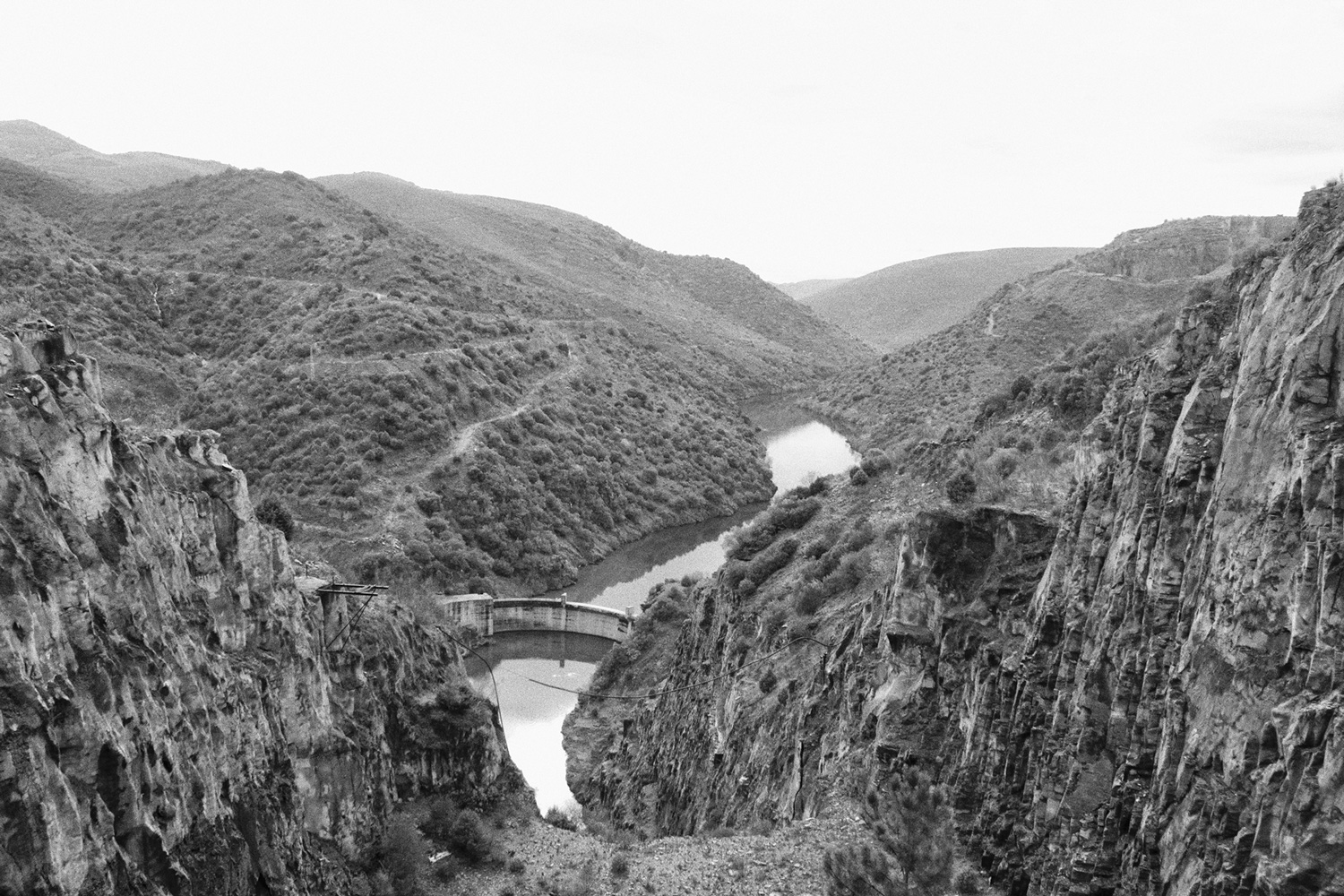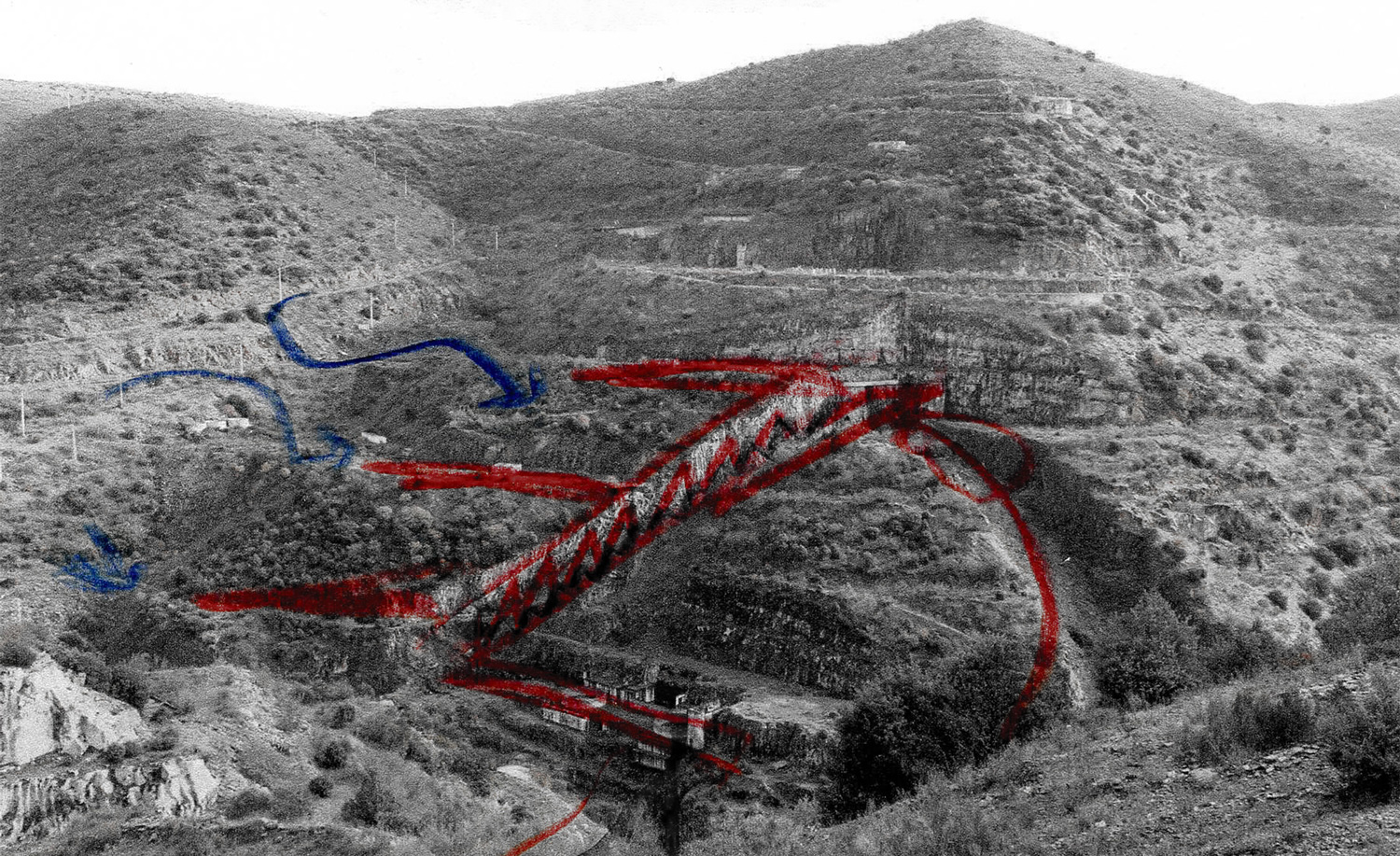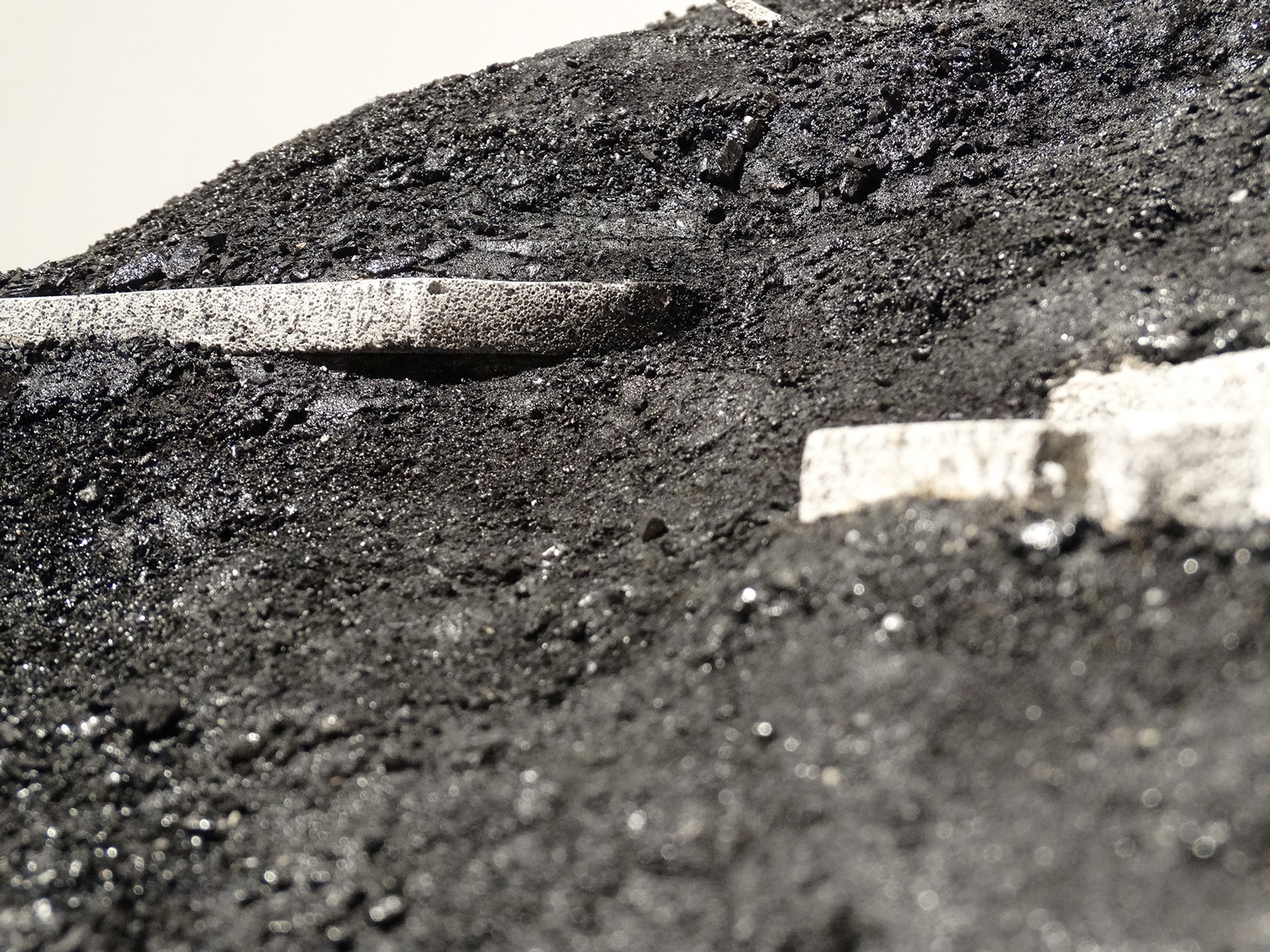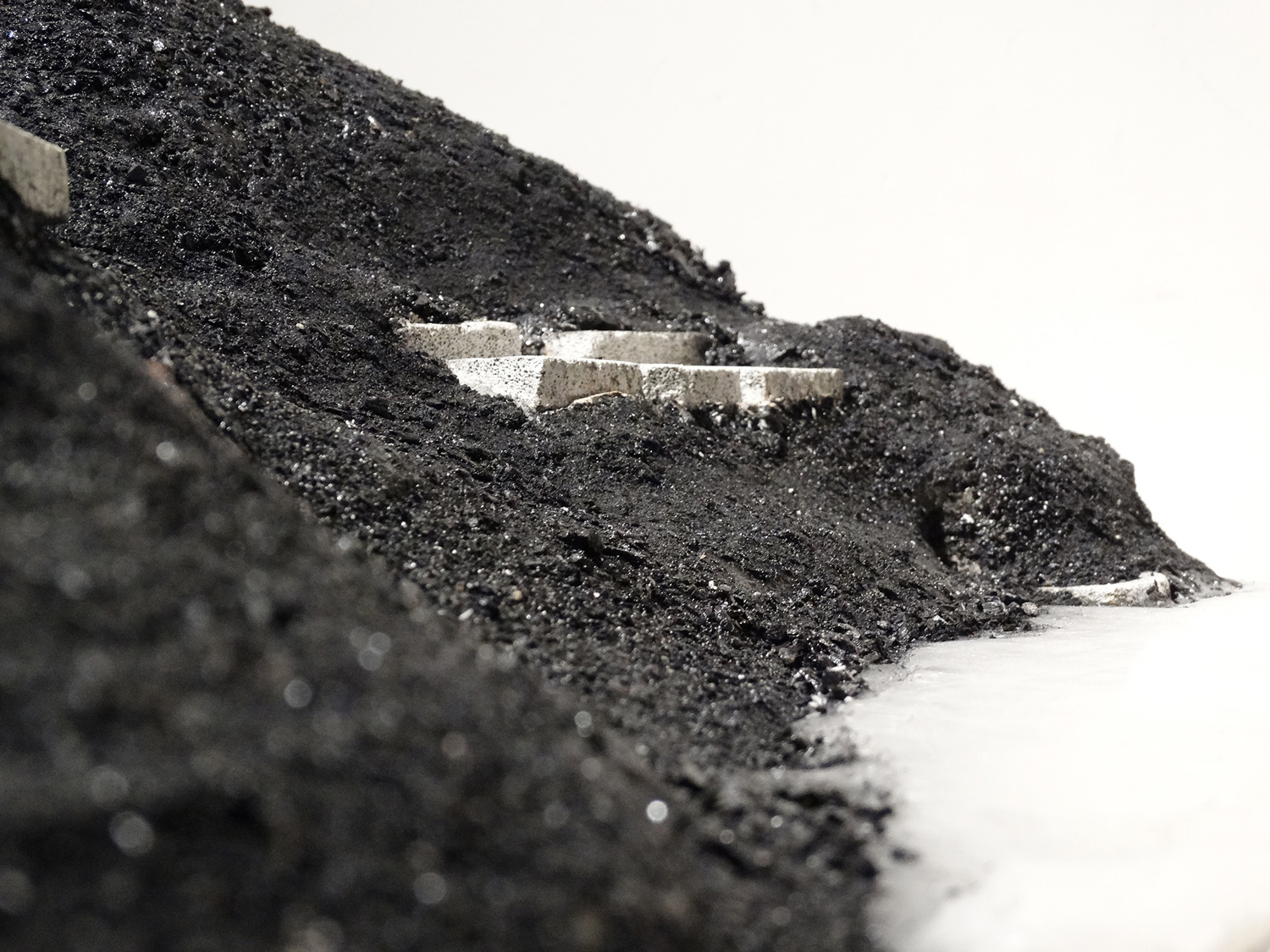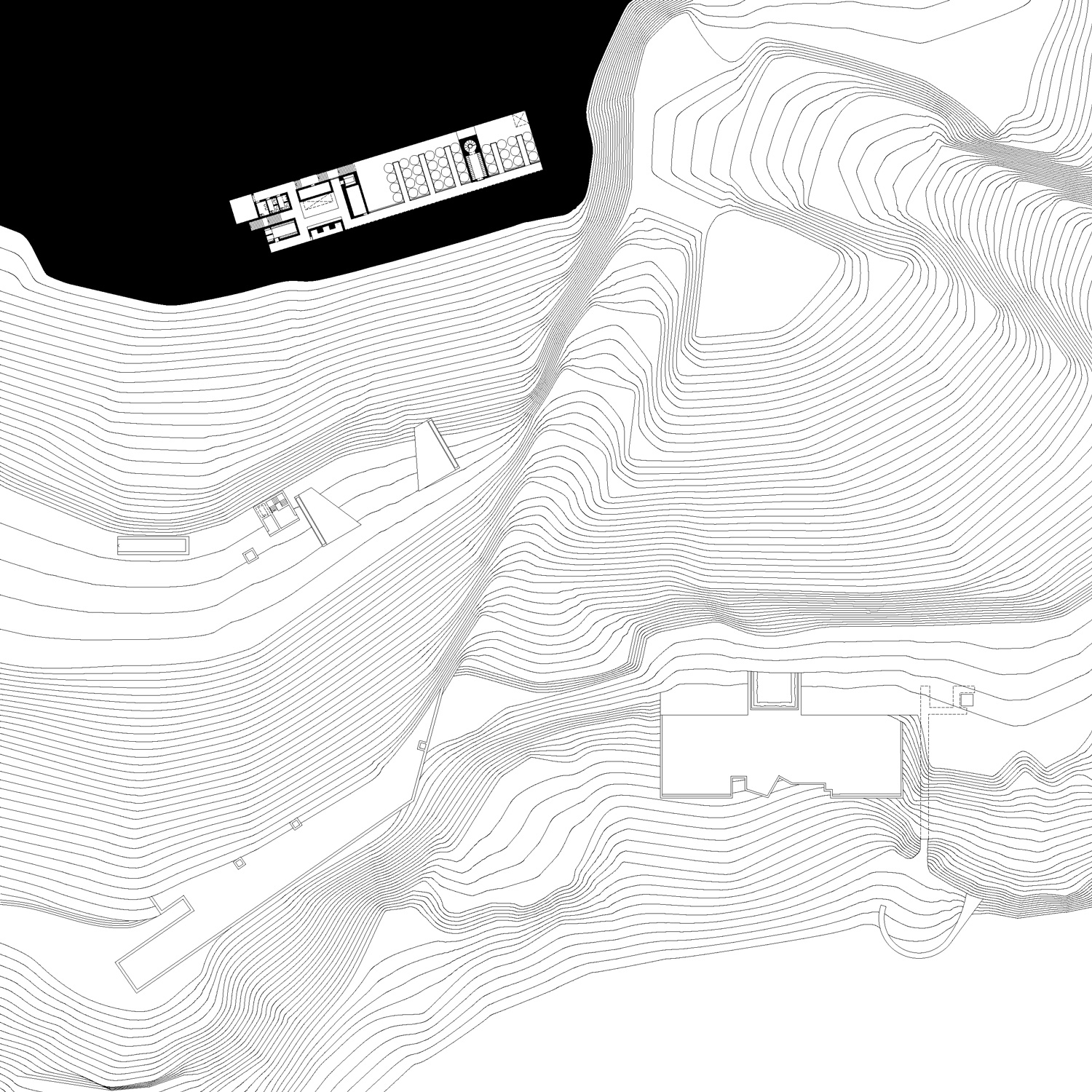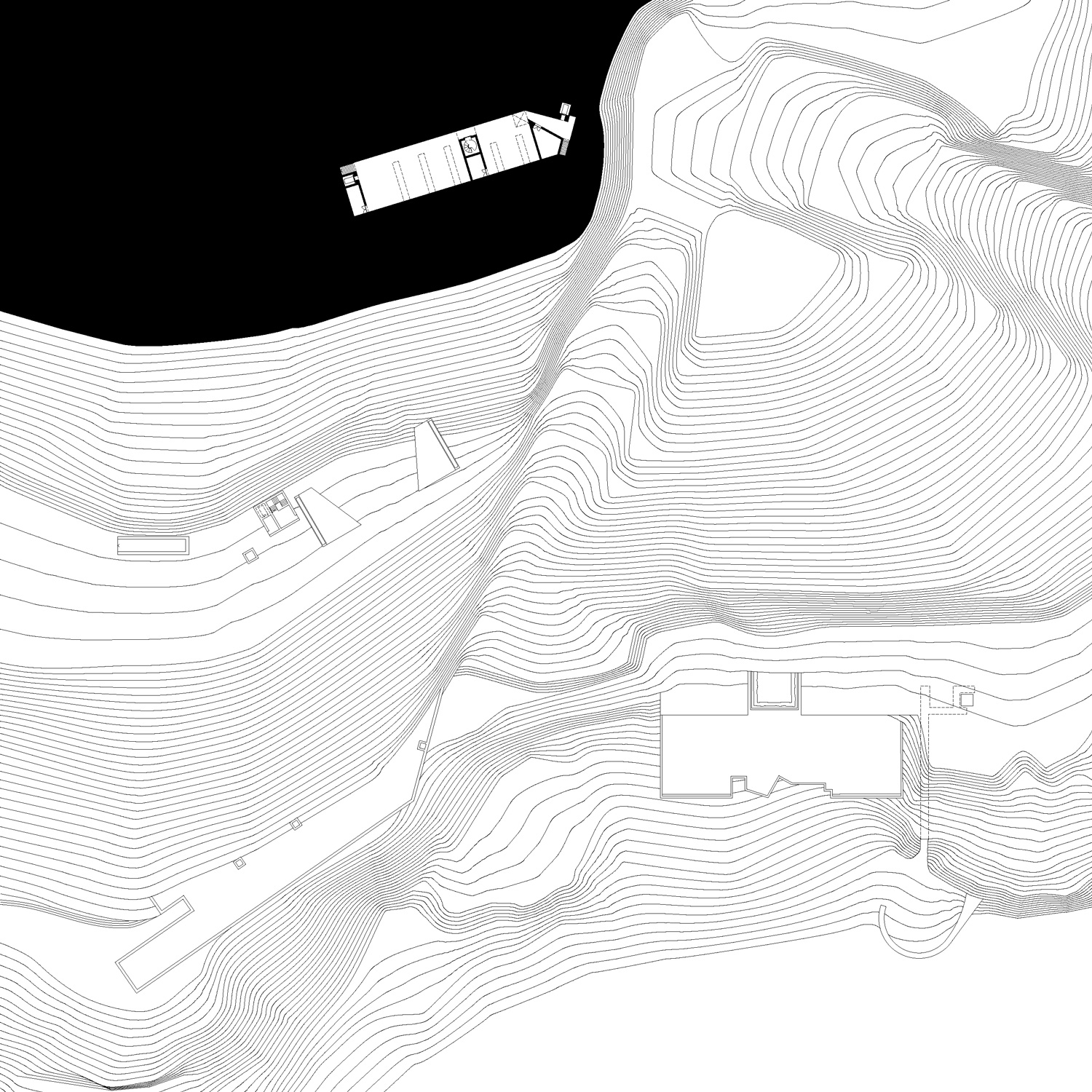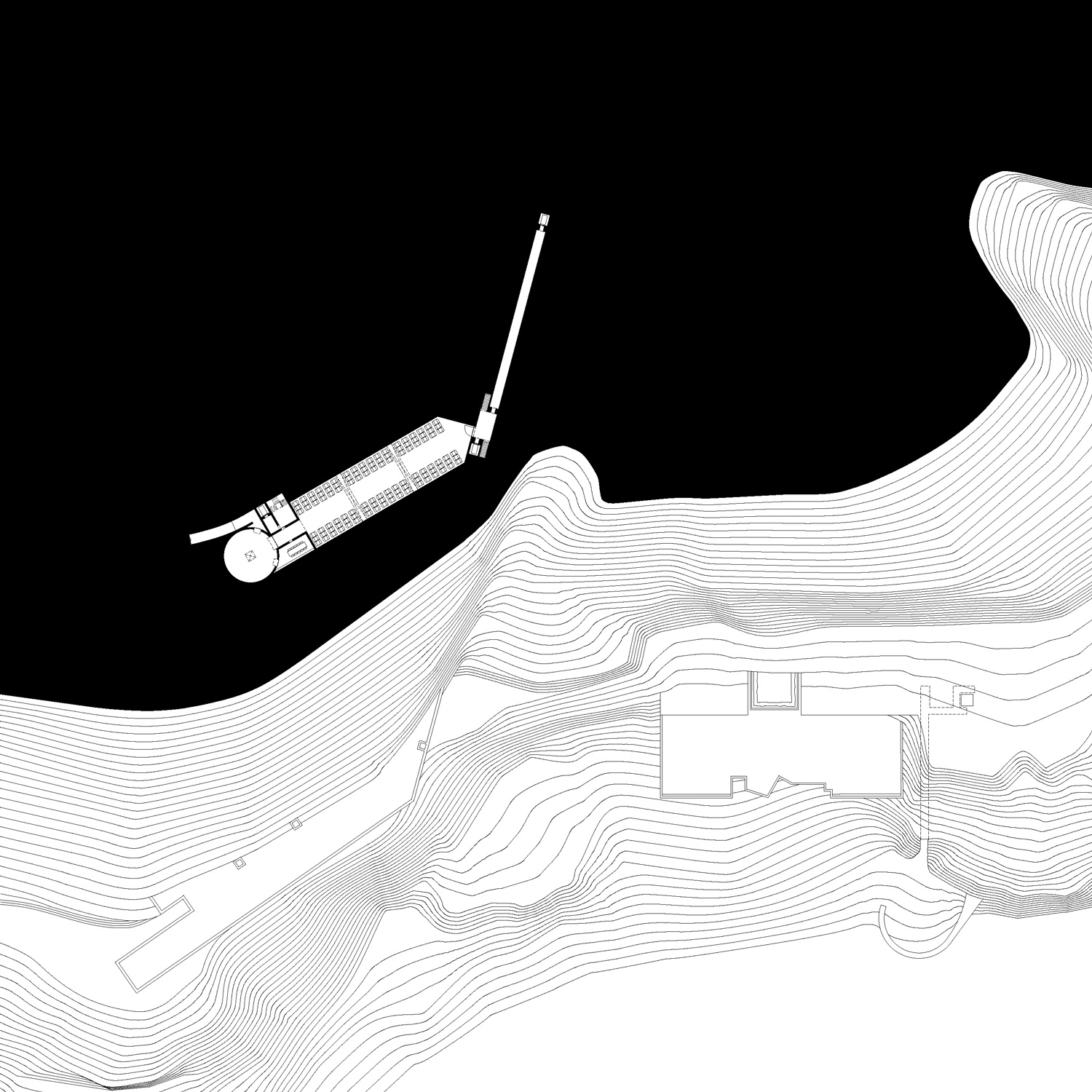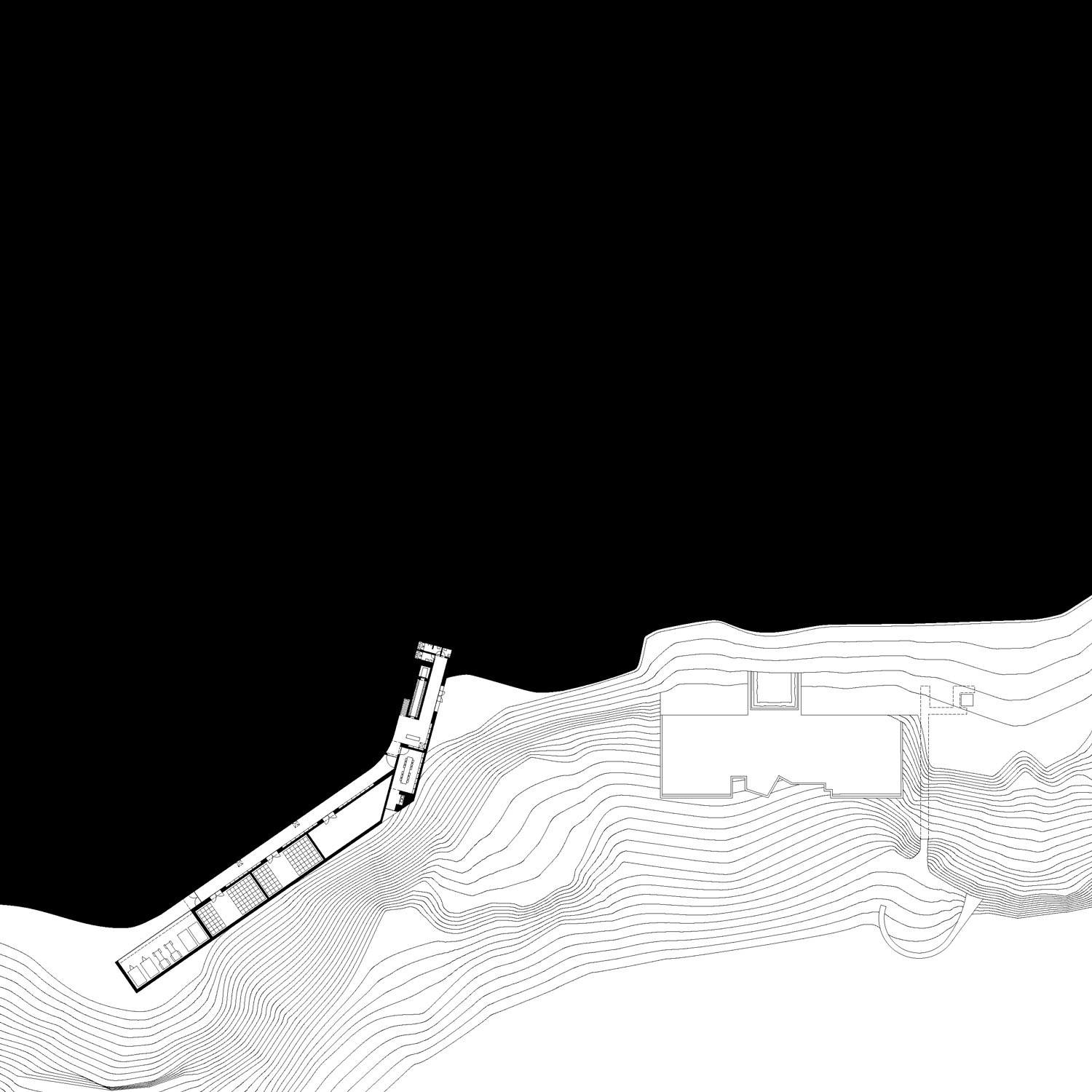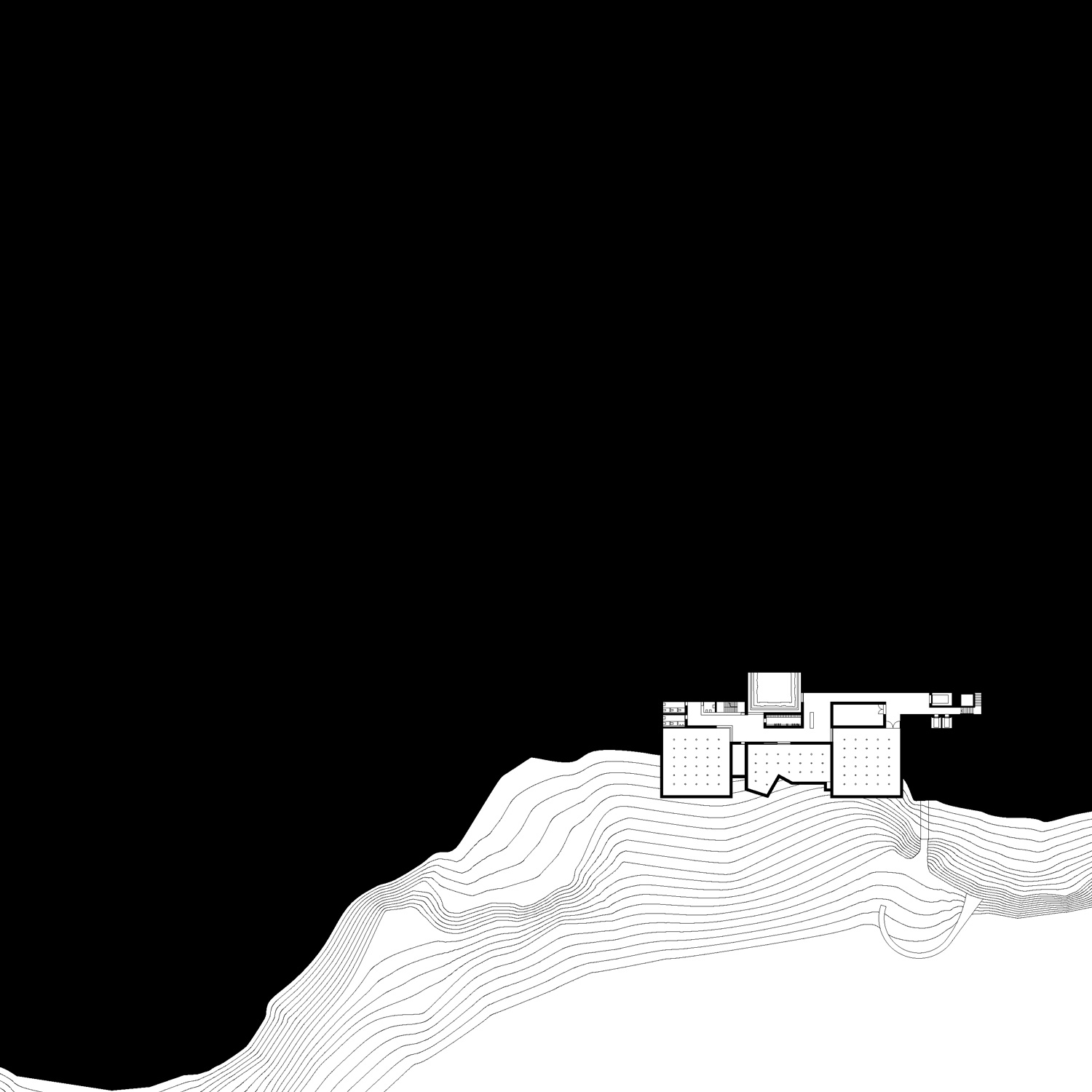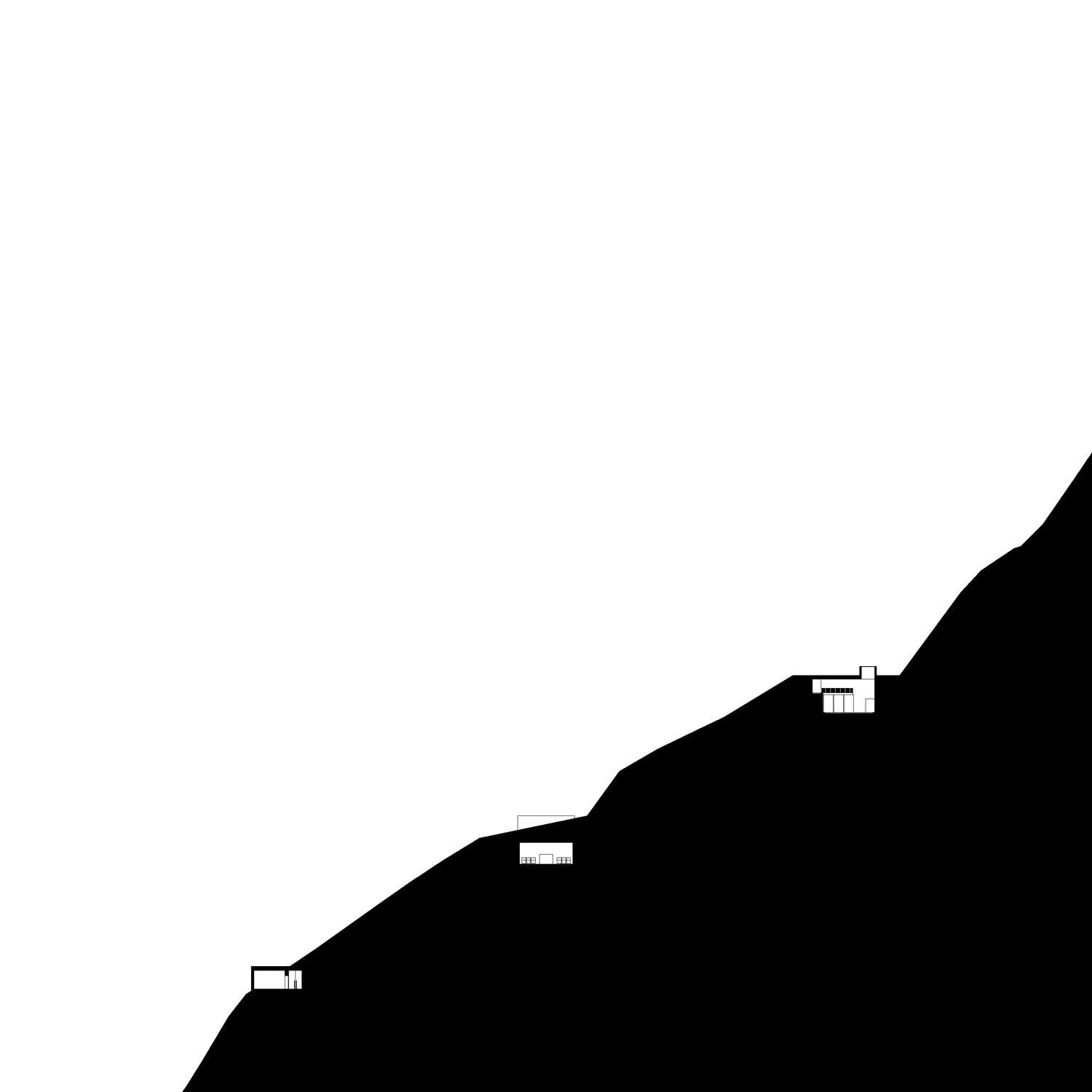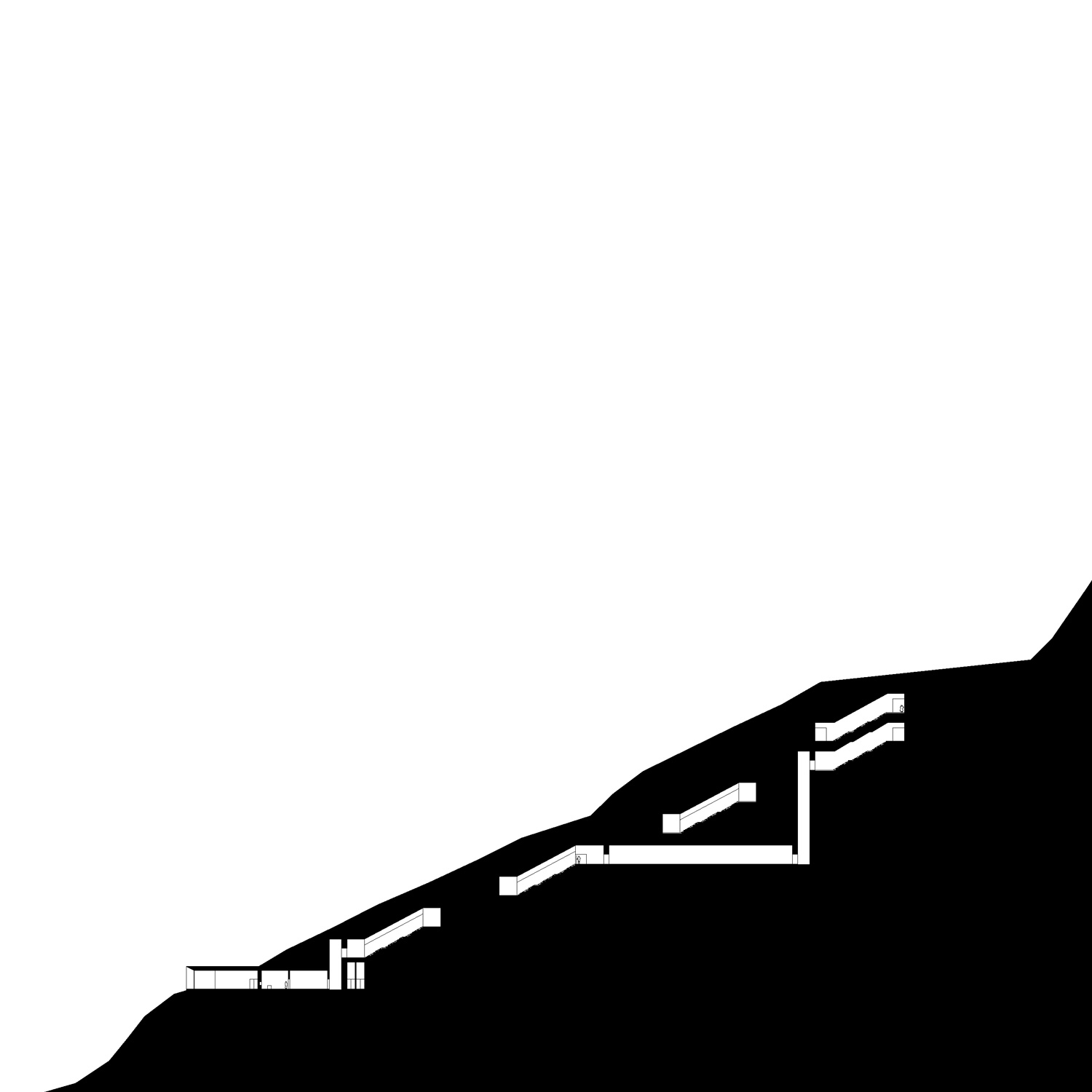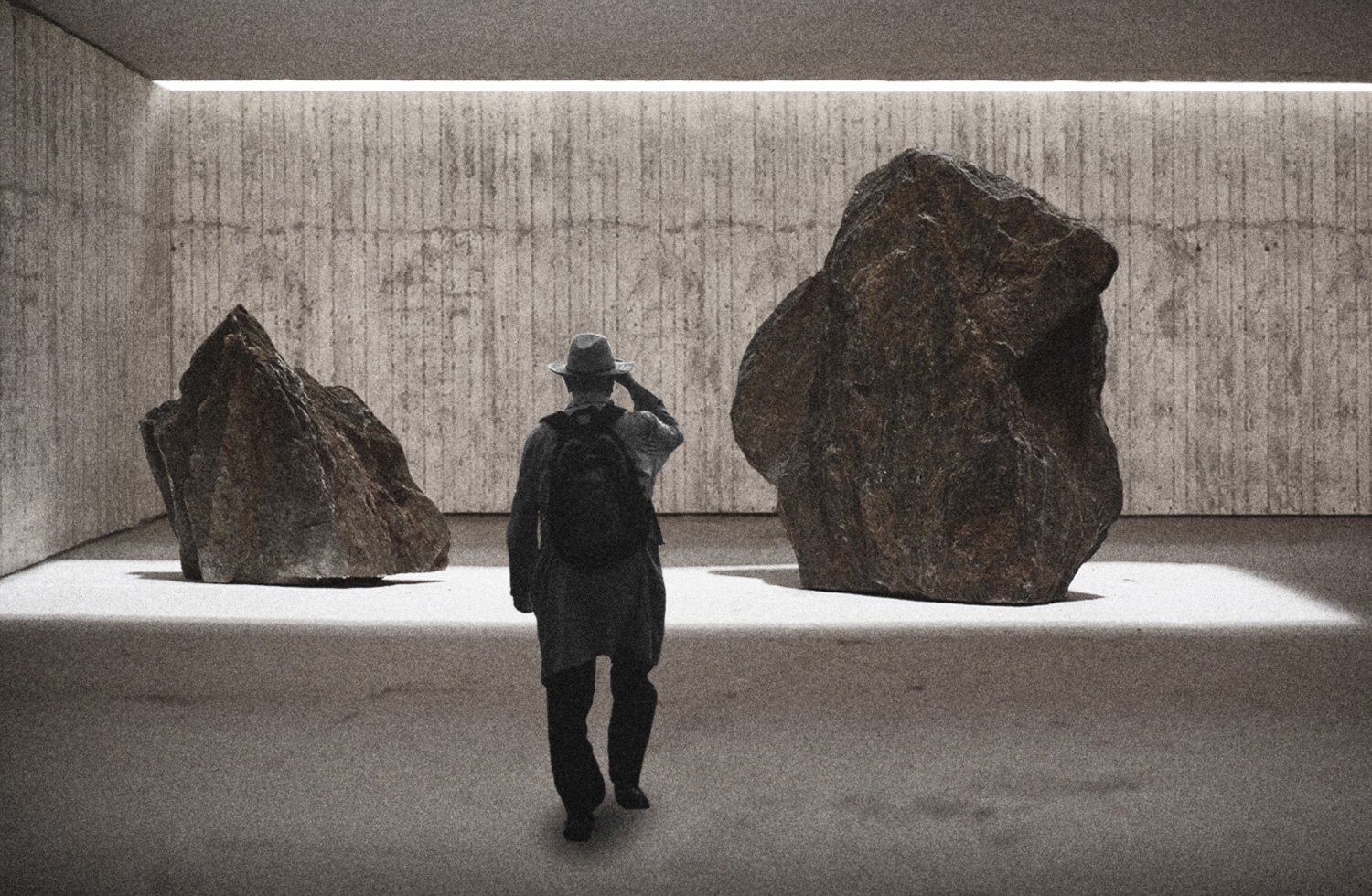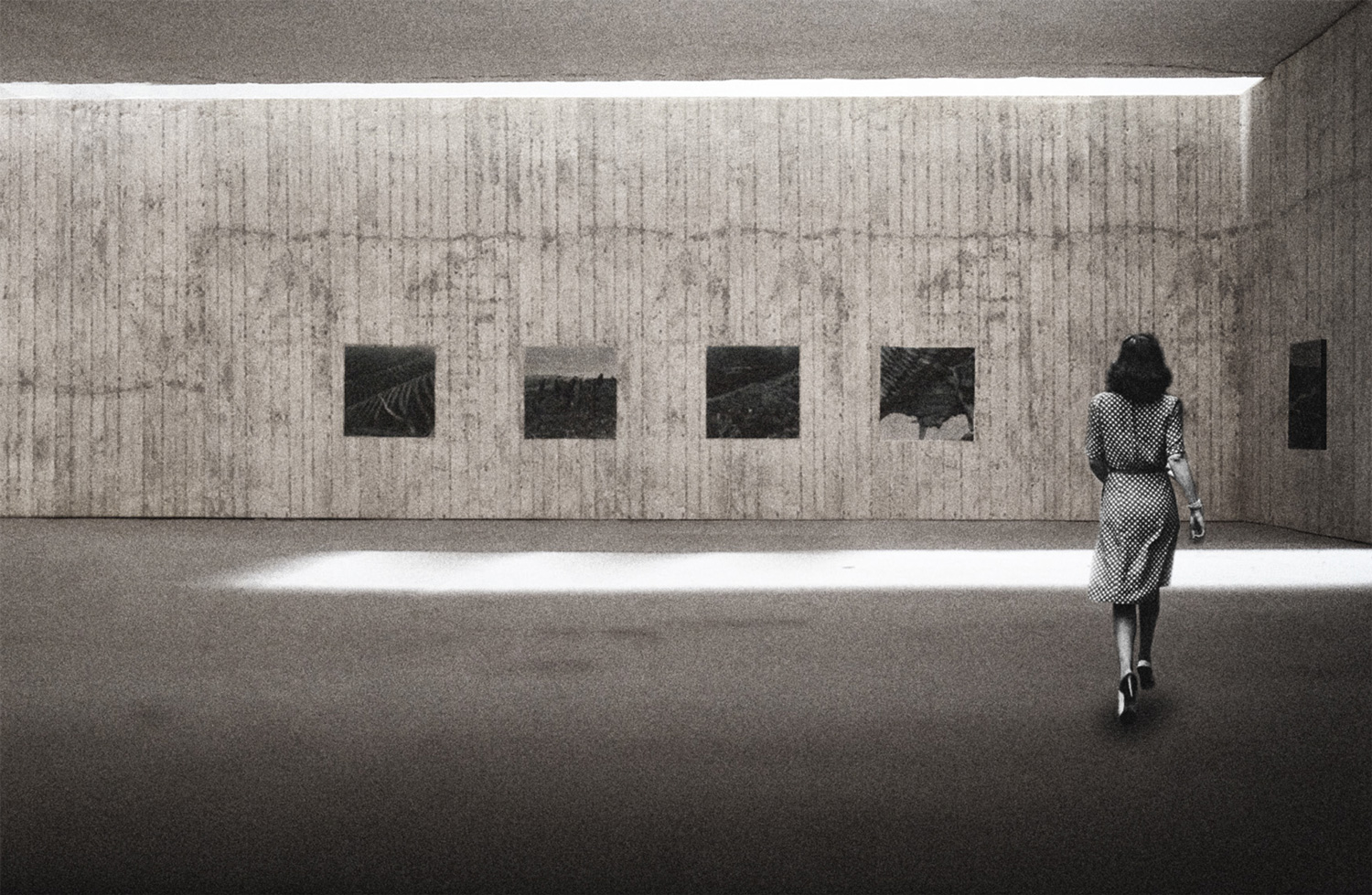2643-BOC-PT-2019
Client: Unknown
Status: Academic
Location: Vila Nova de Foz Côa, Portugal
Coordinates: 41.060988, -7.107658
Climate: Oceanic / maritime, Temperate
Materials: Stone, Concrete
Environments: Riverside, Mountain
Visualizer: Studio
Scale: 5.000 ㎡ Medium
Types: Commercial, Winery
The proposal for a winery for travelers in the unfinished dam of Foz Côa results as an exercise in slowness extending over more than a year in an environment like that of the Porto school. The intervention is located in the Douro wine region, classified as a world heritage site. The design of the territory was born from an essentially practical intention: to organize and arrange the land to create favorable conditions for viticulture.
In these sublime lands, transformed by man for the vine and its fruit, where Portuguese masters have already worked, any new architecture must be an integral part of the environment to which they belong, as stones in the landscape. For this reason the project idea cannot be limited to the architectural project. The idea is a landscape-path that enriches people, not only with information, but with experiences. In fact, experiences help to fix a memory.
As the wine inside the barrels according to local traditions went down the river to reach Gaia, the idea suggests the traveller to go up the river (by boat) to discover the culture of these lands thus activating a sustainable tourism avoiding the use of private cars. This path needs a destination, where travelers can fix in the memory what has just been learned: the winery and the museum.
The great wound caused by the non-building of the dam, presents itself as an opportunity to concretize this idea. This site is strategic because it is both close to the wine region and to the border of the Unesco protected area. The project is at the same time a winery and a museum dug into the matter, into the mass, into the darkness, protecting, harbouring and keeping cool the secret of these lands, wine.
The proposal is a winery that operates by gravity, that requires the understanding of the entire production system. In general, there are five main phases in the wine making process: harvesting, crushing and pressing, fermentation, clarification, aging and bottling. The use of gravity allows to minimize the use of electricity and pumps in order to move the wine from one phase to another. The new volumes are built underground in harmony with the topography, this together with a series of natural ventilation chimneys, provide a good thermic performance for the ageing of wine. Such choices are the basis of a sustainable design that allow the non-use of air conditioning systems.
The intervention provides for the construction of three buildings: a grapes’ reception area, a warehouse for barrels and a reception for travelers. These buildings are placed at fixed heights determined by the reuse of already existing roads and the solution is found designing a system of stairs that connect each of the buildings. All the volumes are constructed in concrete with internal and external finishes in slate. This choice was a strategy in order to promote the use of a local material that characterizes the entire region.
